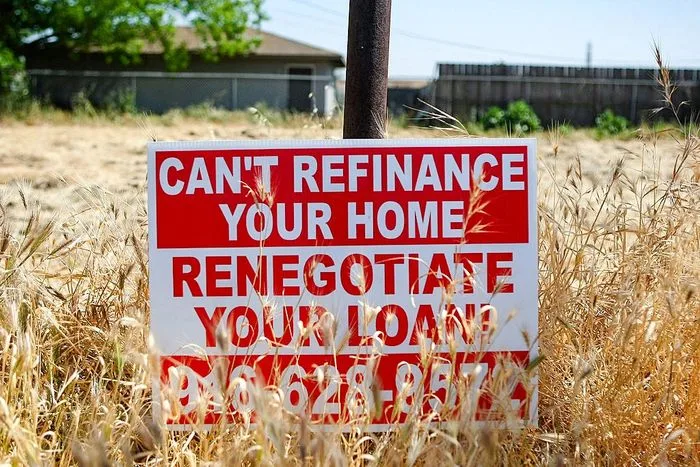By Naveen Athrappully
There were 101,513 properties with foreclosure filings across the United States during the third quarter of 2025, up by 17 percent from a year back, real estate analytics company ATTOM said in an Oct. 9 statement.
One in every 1,402 housing units nationwide saw a foreclosure filing in Q3, the company said. Florida had the highest foreclosure rate, with one in every 814 housing units having a foreclosure filing. This was followed by Nevada, South Carolina, Illinois, and Delaware.
Among 225 metropolitan statistical areas with a population of at least 200,000 individuals, the highest foreclosure rate was seen in Lakeland in Florida, followed by Columbia in South Carolina, Cape Coral in Florida, Cleveland in Ohio, and Ocala in Florida.
During the first half of 2025, there were a total of 187,659 foreclosure filings made, up 5.8 percent from a year back, according to ATTOM.
“In 2025, we’ve seen a consistent pattern of foreclosure activity trending higher, with both starts and completions posting year-over-year increases for consecutive quarters,” said Rob Barber, CEO at ATTOM.
“While these figures remain within a historically reasonable range, the persistence of this trend could be an early indicator of emerging borrower strain in some areas.”
Together with a jump in foreclosure filings, the third quarter also saw the average time to foreclose a property decline by 25 percent from a year back, ATTOM said, adding that this continues a downward trend from mid-2020.
In a June 26 statement, credit scoring model company VantageScore reported that mortgage delinquencies rose in May from the previous month, suggesting this could be an early sign of financial stress among borrowers in the housing sector.
“While consumer behavior generally remains positive, particularly among younger borrowers, mortgages may be an area to watch for increasing credit stress, particularly for traditionally less-risky segments with credit scores above VantageScore 660,” Susan Fahy, chief digital officer at VantageScore, said at the time.
The Federal Reserve Bank of New York reported similar trends in an Aug. 5 statement, highlighting that 1.29 percent of mortgage debts were in serious delinquency—90 days or more—in the second quarter of 2025, up from 0.95 percent in Q2, 2024.
However, Joelle Scally, economic policy advisor at the New York Fed, said that despite the increase in mortgage delinquency, the overall mortgage performance “remains strong by historical standards.”
Meanwhile, lawmakers have taken various actions to tackle foreclosure threats facing Americans.
In March, the VA Home Loan Program Reform Act was introduced by Rep. Derrick Van Orden (R-Wis.). The Act eventually passed both chambers of Congress and was signed into law by President Donald Trump on July 30.
The bill aims to financially assist military veterans when it comes to making their home payments in an environment of elevated mortgage rates, thereby avoiding foreclosures.
“The VA Home Loan program has helped millions of veterans achieve the American Dream of owning a home. However, we know that veterans—like all Americans—can fall on hard times and may need a safety net in place to avoid foreclosure on their home,” Rep. Mike Bost (R-Ill.), chairman of the House Veterans’ Affairs Committee, said in a July 16 statement.
“The VA Home Loan Program Reform Act addresses that need head on.”
This week, Sen. Brian Schatz (D-Hawaii) led a group of senators to introduce the Federal Employee Civil Relief Act to protect federal workers and contractor employees, as well as their families, from facing difficulties such as foreclosure or evictions during the ongoing government shutdown, the lawmaker’s office said in an Oct. 8 statement.
This protection will last during the shutdown and 30 days after it so as to “give workers a chance to keep up with their bills,” it said.
In a government shutdown, certain employees deemed to be performing essential work are required to continue working without pay, including law enforcement officers, air traffic controllers, and military personnel.





